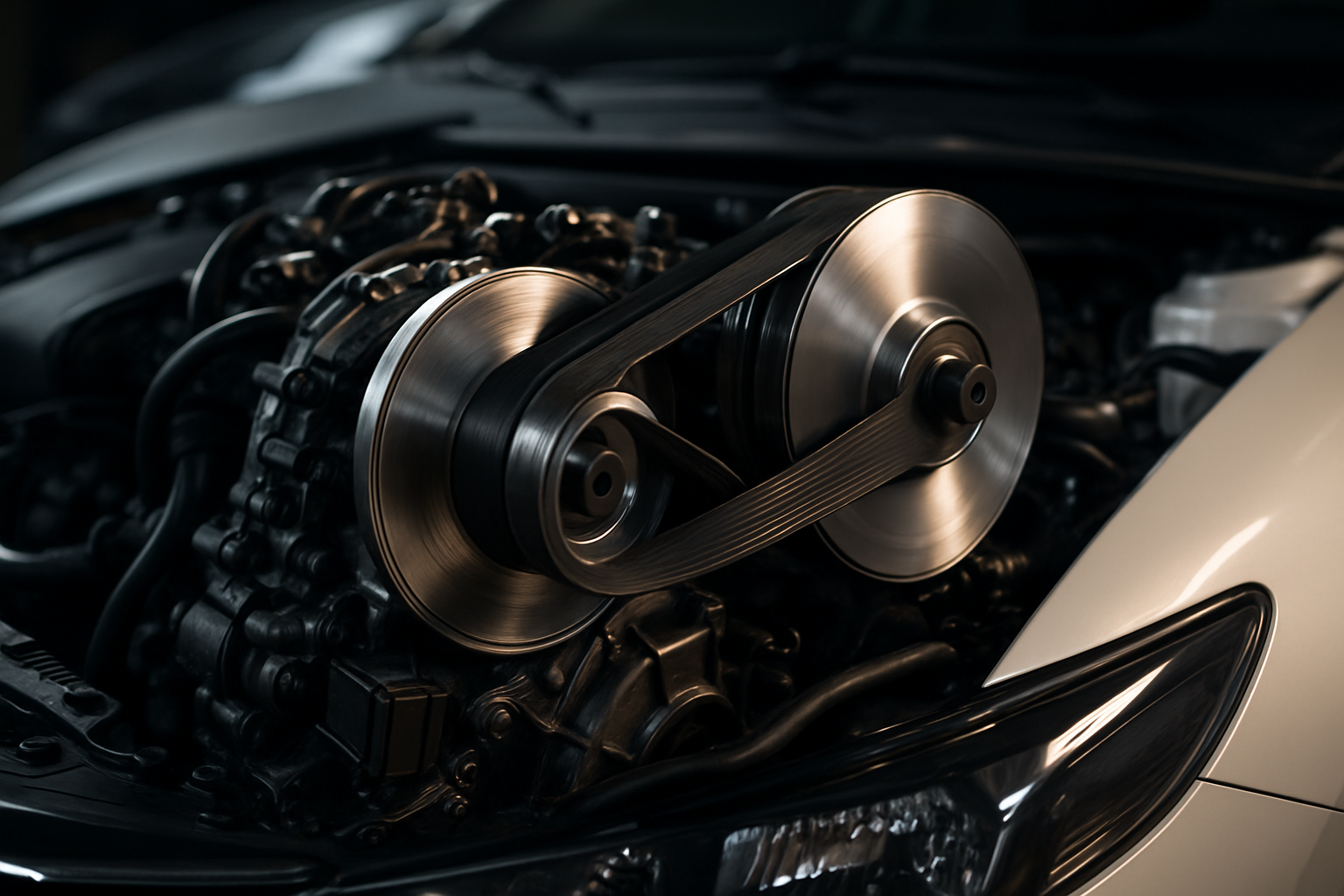The Renaissance of Rotary Engines: A Deep Dive into the Wankel's Resurgence
In the world of automotive innovation, few technologies have had as tumultuous a journey as the rotary engine. Once perceived as the future of internal combustion, the rotary (or Wankel) engine's popularity waned due to issues like fuel inefficiency and reliability. But recent advancements hint at a come-back. This article dives deep into the resurgence of the rotary engine, unraveling its history, the latest trends, and its potential impact on the automotive industry.

A Spin Through History
Born out of the inventive mind of German engineer Felix Wankel, the rotary engine first saw light in the 1950s. Unlike traditional piston engines, the rotary engine operates on the principle of an eccentric rotating design, offering less vibration and a smoother ride. However, despite early promise, it struggled with challenges like fuel inefficiency, high emissions, and sealing issues, causing its popularity to plummet by the late 20th century.
The Turn of the Tide
Fast forward to the 21st century, and we’re witnessing a potential renaissance of the rotary engine. Primarily driven by its compact size, smooth operation, and high power-to-weight ratio, the rotary engine is finding new applications, particularly in range-extender hybrids. Mazda, the company synonymous with Wankel engines, has announced plans to reintroduce rotary engines as part of their electrification strategy, piquing the interest of automotive enthusiasts worldwide.
Modern Advancements: The Rotary Reimagined
The resurgence of the rotary engine is not merely a nostalgic throwback. Modern versions of the Wankel engine are being reimagined with groundbreaking technology to tackle its historical drawbacks. Innovations like laser ignition systems, modern seal materials, and advanced cooling systems are helping to address issues of fuel efficiency, emissions, and reliability that plagued the first-generation rotary engines.
Impacts and Challenges: The Rotary Revival
The potential revival of the rotary engine offers an interesting perspective into the future of automotive technology. Its compact size and high power output make it an attractive option for hybrid vehicles, particularly as a range-extender. However, the challenge lies in overcoming the lingering perception of unreliability and high emissions. Moreover, in an industry shifting towards zero-emission vehicles, the role of internal combustion engines, even innovative ones like the rotary, is under scrutiny.
An Unfinished Symphony
The journey of the rotary engine is a testament to the ceaseless innovation in the automotive industry. Its resurgence serves as a symbol of the industry’s ability to reimagine and reinvent. With the right technological advancements, the rotary engine might just be able to carve a niche for itself in the ever-evolving automotive landscape. However, as the world gears up for a more sustainable future, the ultimate success of this technology remains an open question. A question that could potentially reshape our understanding of internal combustion engines.





